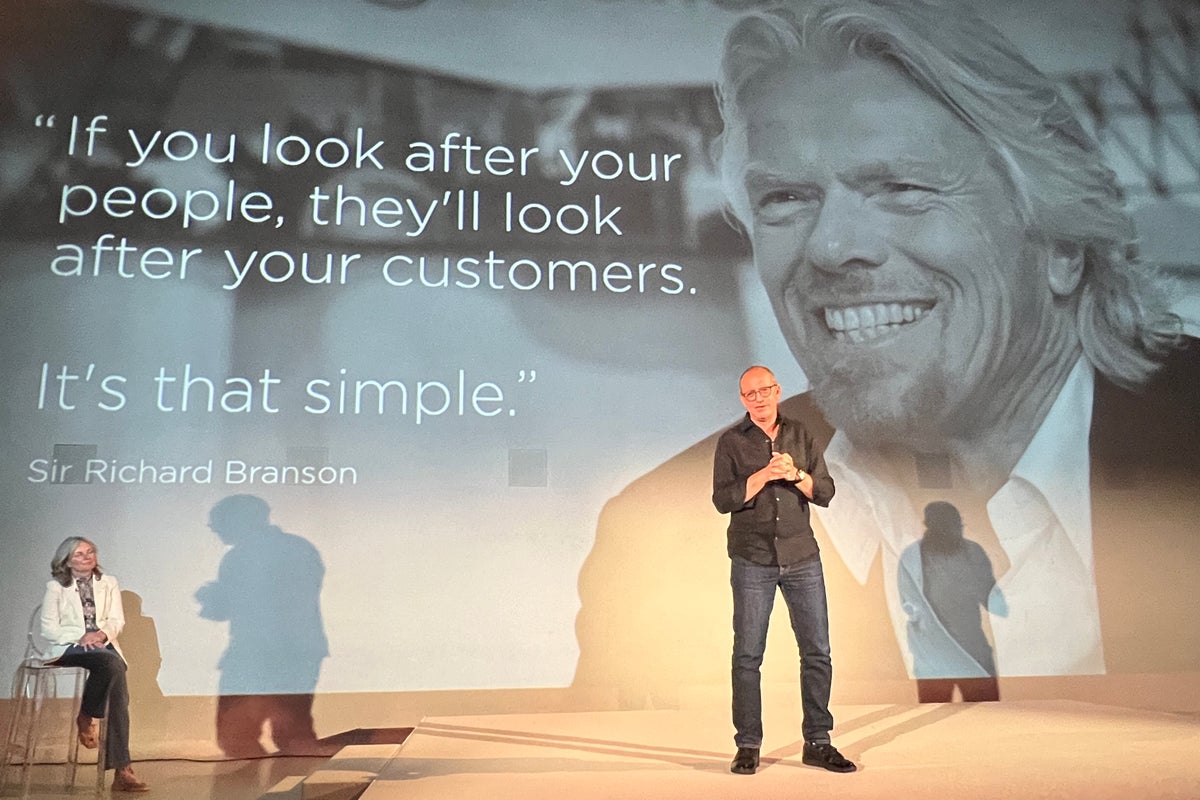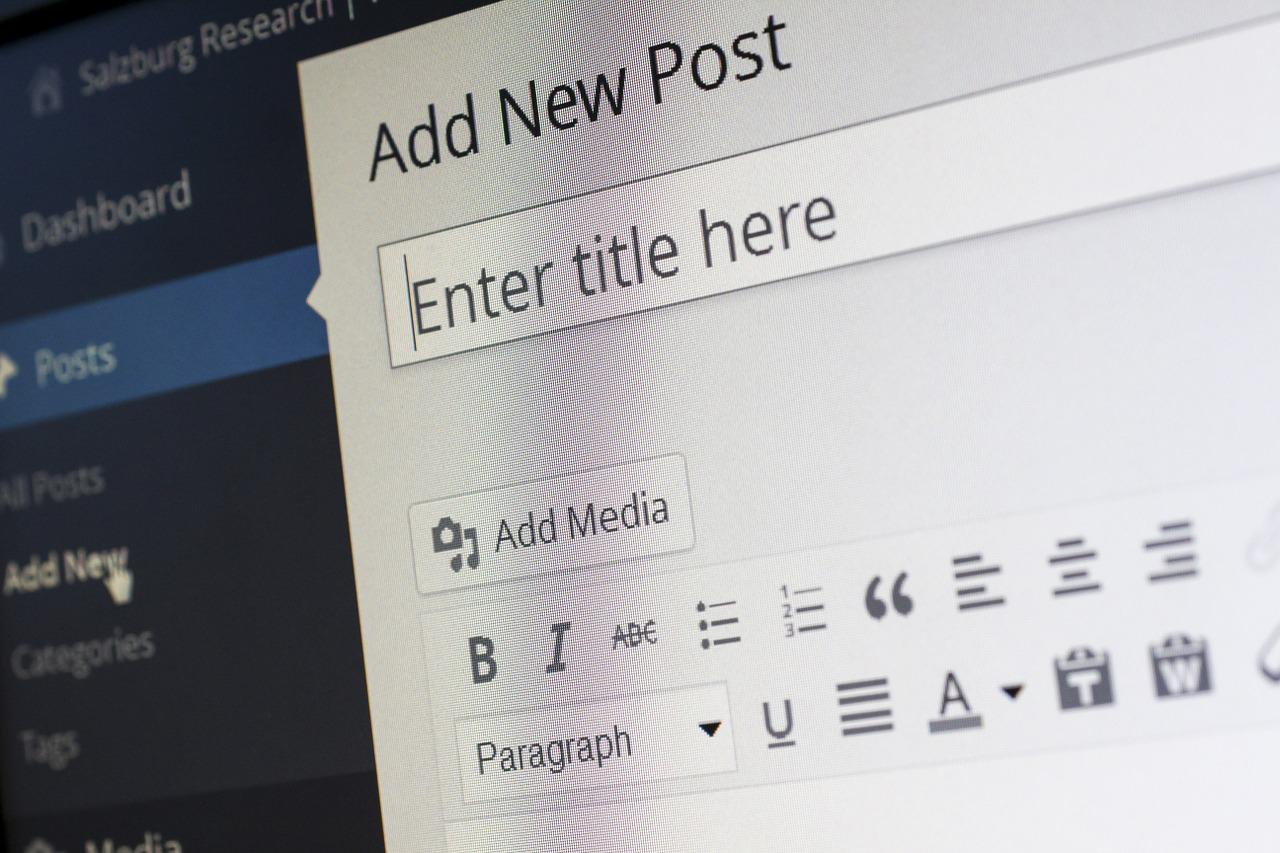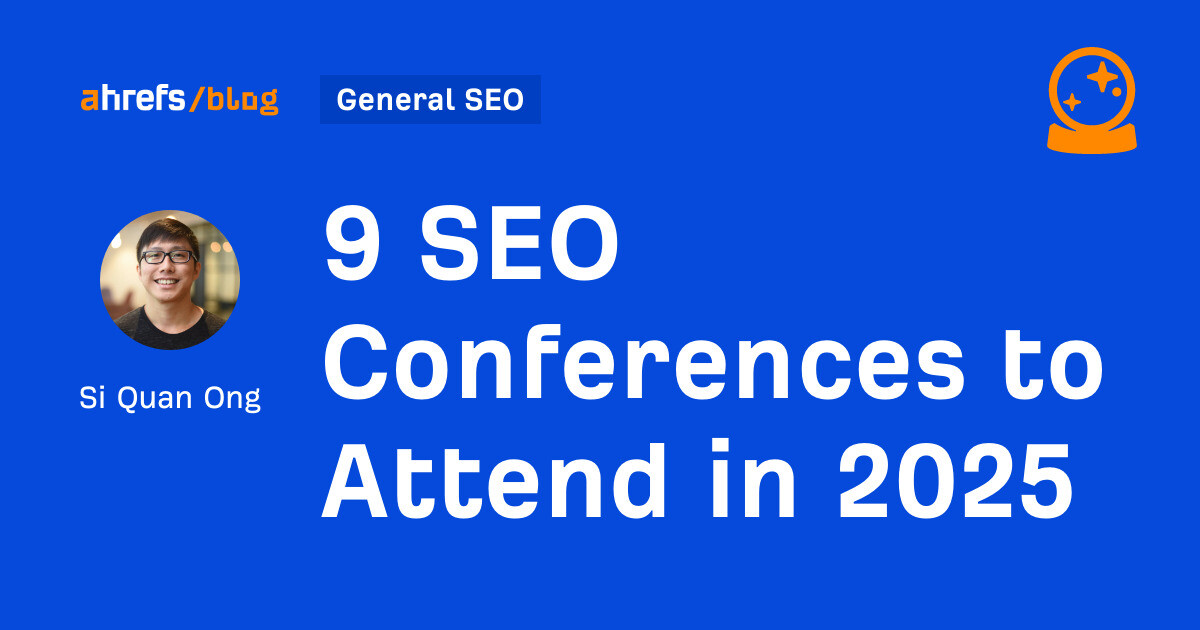Generative AI—how marketers should navigate consumer distrust
The tech’s real future lies in helping people across the economy work more efficiently.

Suddenly, generative AI is everywhere. (If that isn’t literally true, it soon will be.) You’ve probably heard of the technology through coverage of ChatGPT, OpenAI’s dialogue-driven interface, and might have even used it. Perhaps you’ve seen AI-generated pictures of friends on social media. You might have seen the AI-assisted op-ed in these pages or, if you’re a CNET reader, perused an AI-written article (before the publication decided to tap the creative brakes on the project.)
To paraphrase Ernest Hemingway, AI has arrived two ways: gradually, then suddenly. One way or another, we’ve heard for years about the forthcoming AI/robot revolution, but it seems like the machines didn’t so much rise but as blink into our lives: The revolution will not be televised but is being produced generatively by “learning” from huge datasets and then drawing upon that knowledge to produce something new.
We are on the cusp of a revolution whose scope and effects we won’t fully appreciate for a generation. But in 2023, marketers need to decide not only how to leverage the new technology but also the extent they should publicly disclose that decision. In some ways, to borrow from Marshall McLuhan, the method is the message and admen will have to carefully consider how to use it.
That calculus will be complicated by the public’s deeply mixed feelings about AI. Pop culture has a long history of villainous machines, from HAL-9000 to Skynet to Ultron while real-life experts have issued dire warnings about its dangers. Yet we have gradually enmeshed it into our lives. If you’ve interacted with Siri or Alexa, let Gmail complete your sentences or clicked on a Netflix recommendation, you’ve used a form of artificial intelligence.
Polling illustrates the public’s uncertain relationship with the technology. A majority of Americans (54%) say that they are at least somewhat familiar with generative AI, according to a recent Harris Poll survey, and a like number has either used it (19%) or is interested in doing so (33%). Perhaps not surprisingly, Gen Zers and millennials much more often than older cohorts have heard of or used generative AI tools.
Younger generations, however—much more often than Gen Xers, boomers and the population in general—say that the technology is a fad: That’s how a majority of Gen Zers (51%) describe it. Millennials are closely split; 42 percent call it a fad, while 40 percent do not. Pluralities of Xers and Boomers (45% each) say that AI is not a fad.
The more you ask about the technology, the more muddled opinion appears: A majority of Americans (52%) don’t trust it and an even larger number (67%) worry about generative AI’s safety. And those feelings don’t break down along expected generational lines: Gen Z most often mistrusts it (62%), followed by boomers (56%), Gen X (49%) and then millennials, who have the smallest spread between mistrust (45%) and trust (39%).
Americans understand that the technology has vast possible applications, with 59% agreeing that it has more commercial uses than personal ones. Yes, asking ChatGPT to write sea shanties about our friends is amusing and producing novel selfies with DALL-E is fun, but the tech’s real future lies in helping people across the economy work more efficiently.
Take marketing: Mint Mobile owner/actor Ryan Reynolds used ChatGPT to write “mildly terrifying” ad copy for the company, but generally speaking, few major brands are ready to turn their ad campaigns over to unproven and glitchy new technology. (Start-ups will lean more into the space to save money.) More likely, generative AI is going to take its place alongside other marketers’ tools: an assistive technology helping humans elevate and refine their work, remaining largely invisible to the public, except when—á la Mint Mobile—a company features it as a public part of the campaign.
Given the combination of public ambivalence, suspicion and inexperience with AI, companies should carefully target any explicit uses of the technology. Most Americans (58%) after all still find art and writing created by such machines less impressive than what humans do unaided, with younger generations more likely to agree.
Once again, polling demonstrates the public’s uncertainty and shallow knowledge: While 39% of Americans support brands using AI tools to make ads with 12% opposing, nearly half of Americans (49%) are neutral on the issue. Baby boomers support the idea least, likely a natural late-career aversion to the prospect of new technology upending familiar ways of doing business. Likewise, those with jobs are more likely than the unemployed to support such tools. In fact, the 44% of the employed who approve are among the biggest supporters across demographic groups, along with college graduates (44%), men (43%) and—wait for it—those 44 and younger (48%). Even among those groups, however, “neutral” places a strong second (40% among those under 44, for example).
Public education is still required, then, because the machines are not the only ones who are learning in this brave new world. After all, nearly two-thirds (62%) of Americans want to learn more about generative AI tools.

 Astrong
Astrong 































